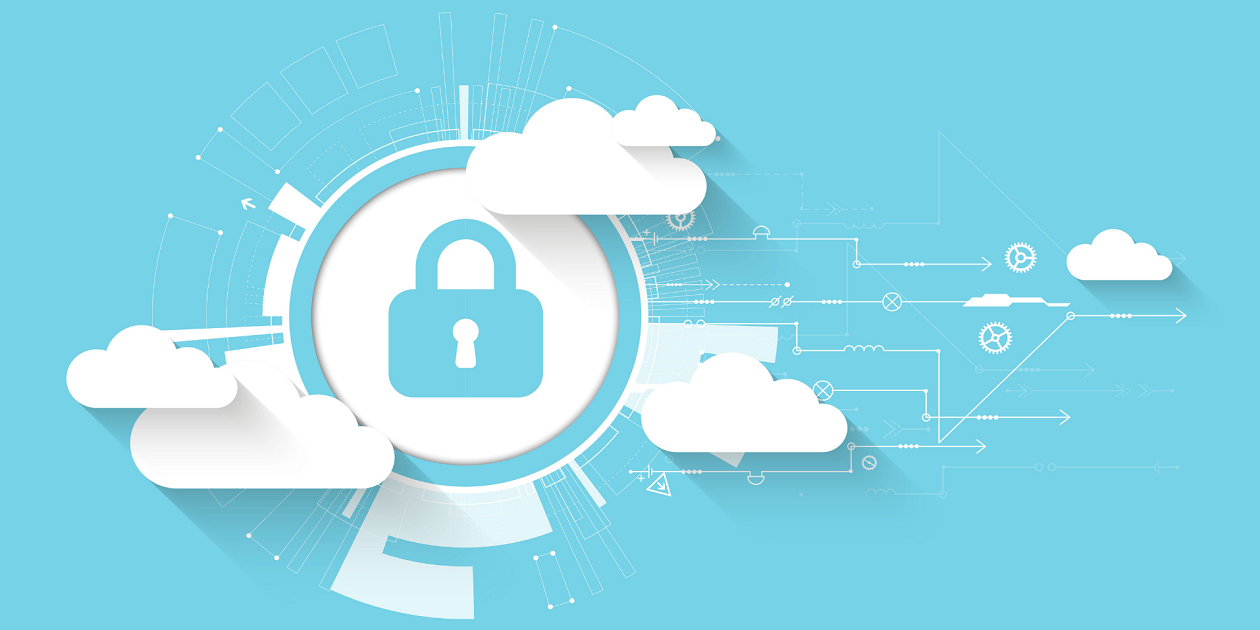
Automating cloud security is like flying on autopilot. It can handle day-to-day cloud building, maintenance, and security tasks that you don’t have the time to complete, allowing you to focus on other work instead. Scheduled maintenance periods or wait states can be a thing of the past. That also means your team can get back to doing what they do best: creating innovative digital products.
Cloud security automation can sound like a scary prospect, especially when so many components are involved — servers, data storage, networking equipment, you name it. However, implementing these practices can provide your team with abundant benefits. We use the following four-step approach, complete with tool recommendations and best practices.
1. Automate Your Infrastructure
Creating an integrated virtual system of servers, storage, and networks can be expensive and time-consuming. That’s where automated infrastructure comes in; it involves specialized software and processes that automate cloud infrastructure building, allowing you to save money and free up labor and resources.
Infrastructure as Code (IaC) can create configuration files that contain infrastructure specifications, making it easier to edit, review, and eventually distribute configurations. It relies on code instead of manual processes when managing and provisioning cloud infrastructure.
“By codifying and documenting your configuration specifications, IaC aids configuration management and helps you to avoid undocumented, ad-hoc configuration changes,” says Red Hat. “Deploying your infrastructure as code also means that you can divide your infrastructure into modular components that can then be combined in different ways through automation.”
Additionally, IaC reduces the risk of engineers making security mistakes because there’s no manual configuration of networks, firewalls, security groups, DNS names, and other cloud components.
There are various IaC tools out there, but Terraform is perhaps the best choice. HashiCorp’s Terraform is open-source and manages both custom in-house solutions and existing service providers. Users can also build and change infrastructure with Terraform using the HashiCorp Configuration Language (HCL).
2. Automate Cloud Scripts
Automated scripts can also save time and money. For example, it removes the need for engineers to patch servers manually when dealing with security vulnerabilities because automated script resources only need a single line code change in manifest files, which allows them to configure instances and servers automatically. These scripts can also automate time-consuming security configuration tasks such as enabling multi-factor authentication.
Jelastic Cloud Scripting (CS) is a tool that programs cloud behavior for automating complex tasks and configurations. It’s a scripting engine that triggers cloud platforms to behave in certain ways at specific points in the application lifecycle. It’s kind of like letting someone else handle cloud security for you. Jelastic CS works with the Jelastic Packaging Standard (JPS) and prepares manifest files in JSON or YAML formats.
3. Automate Deployments
Automating deployments improves cloud security by ensuring script changes deploy automatically across instances and servers without compromising availability. For example, your engineers can respond to security vulnerabilities quicker and more confidently.
Some of the most popular tools to automate deployments include:
- AWS CodeDeploy - A fully managed ‘deployment-as-a-service’ for automating deployments to compute services such as Amazon EC2 and AWS Fargate.
- Azure DevOps - A tool that enables you to build, test and deploy applications in any cloud.
- Jenkins – An open-source automation software that manages delivery processes through application lifecycles, such as testing, packaging, static code analysis, and deployment.
4. Automate Cloud Security Monitoring
It’s now the industry standard to maintain at least a 99.9% service uptime in the cloud. Cloud security monitoring tools can make it easier to achieve this goal. These tools access cloud data, infrastructure, and applications and then monitor cloud security and performance for you. That means you don’t have to identify suspicious activity manually.
Some of the best cloud security monitoring tools include:
- Amazon CloudWatch – A tool that automatically monitors operational data like logs and events across your AWS resources so you can visualize security metrics and take swift action in the event of a threat.
- Splunk Security Cloud - A data monitoring tool that modernizes cloud security by identifying threats and automating security responses.
Cloud security automation can reduce manual errors, improve compliance, minimize your time spent on security, and prevent dangerous threats from impacting your business. Incorporate the four-step approach above into your DevSecOps strategy and lighten the load for your team.
Want to maximize cloud security? Contact DragonSpears if you need help automating your enterprise security systems.


